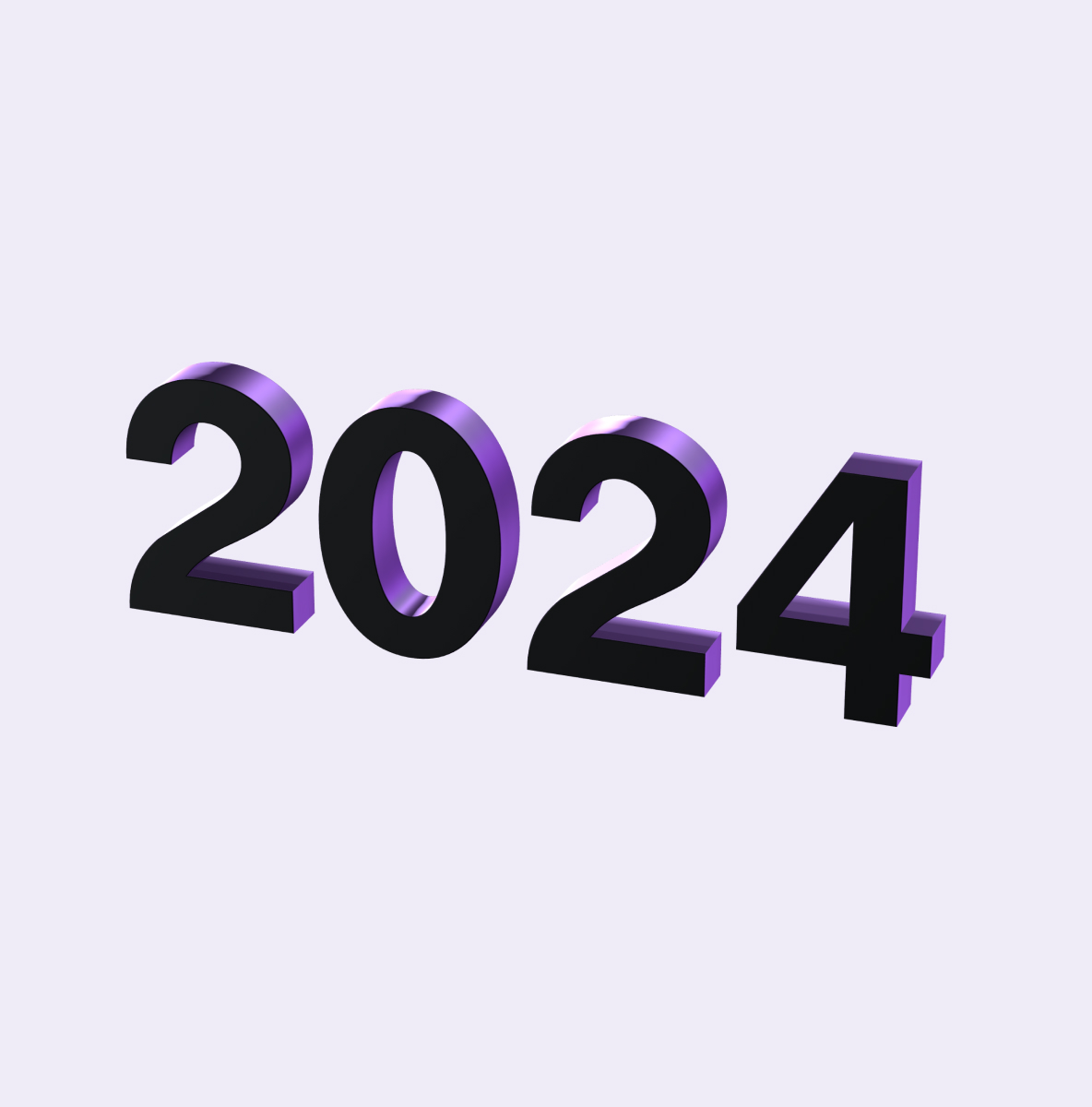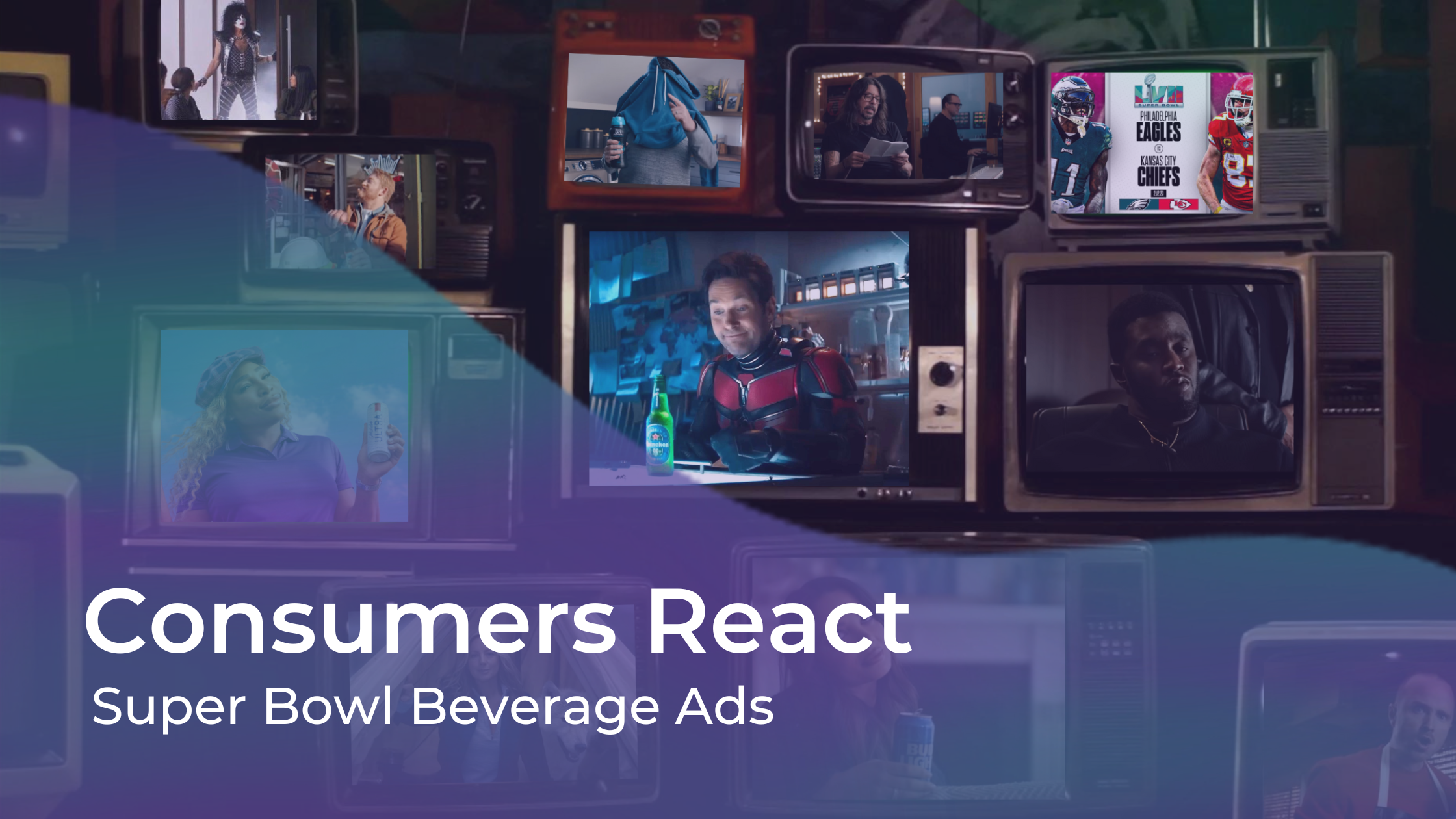Short Survey Template: 3 Questions That Lead to Powerful Insights
[…]

How to Unlock Better Consumer Engagement with Short Surveys
We’ve said it countless times, but three-question online surveys truly are a fantastic means of gathering in-depth insights from your target audience and consumers.
Unlike traditional market research processes, short surveys like this focus on what you actually want to know about a consumer instead of including filler questions in between.
Reducing the total number of questions asked like this can have a positive impact on survey completion rates; they ensure your brand, products and marketing campaigns are as impactful as they possibly can be.
However, the real secret to making your surveys a success lies in your three questions not only performing their magic individually but also in them working together effectively. In a nutshell, the whole should be greater than the sum of its parts!
With that in mind, we’ve combined our market research knowledge and expertise and years of experience supporting our clients at OnePulse to create the following four short survey templates – each of which will ensure you get the insights you need to keep pushing your brand and business forward.
Recommended: How Short Surveys Improve Your Next Client Pitch
The 4 Short Survey Templates that Expose the Most In-Depth Insights:
1. The “Current Awareness” one
Works best when: Gathering initial insights on product/brand awareness/perceptions
Uses the following question types:
- Yes/No question
- Multiple choice
- Open-ended
If you’re looking to understand how well your brand, products and/or services are currently known to and perceived by the world, then this is a great template to kick off with.
More specifically, this template can help you track brand perception and awareness over time, as well as the effectiveness of any previous marketing campaigns you may have run.
Here’s how use this short survey template:
| Yes /No | Do you know who we are? A simple yes/no question will establish how well your current brand and products are actually known to your target audience. It might also be worth testing your name and your logo against each other to see which is more recognizable! |
| Multiple Choice | Okay, what about these guys? By listing your competitors in a multiple-choice question format, you can establish which of your competitors, if any, have a greater awareness than your own brand. |
| Open-ended | How can we help you get to know us better? With an open-ended question, you can discover just what it is about your competitors that stands out to consumers (whether good or bad) and use these responses to improve your own branding approach! |
2. The “New Ideas” one
Works best for: Initial concept validation
Uses the following question types:
- Image choice/ranking
- Slider
- Open-ended
The “New Ideas” template is perfect for gathering in-depth reactions to your latest product concept or establishing which concept route of several you want to take your product down.
Whether you’re planning to release new packaging for your supermarket’s in-house sandwich menu or you’re looking to understand what users truly desire from your latest clothing line, this template is a great go-to to kick off the next phase of your product development.
Here’s how to use this short survey template:
| Image choice / ranking | Pick a picture! Offer the respondents a selection of images to choose their favourite from, or even to rank from favourite to least favourite. This will enable you to not only see which design stands out from the rest, but which ideas it might be best to scrap before they go out into the world! |
| Slider | How do you rate this? Asking the respondent to think about their chosen favourite, you can then probe a little further about their thoughts on it and ask them to pick their answer based on a sliding scale. For example: – How much would you be willing to pay for this product? (£5-£100) – How likely would you be to recommend this product to a friend? (0 – Completely unlikely – 10, Extremely likely) – What do you like/dislike about the look of this product/idea? |
| Open-ended | Why, why, why? This is where the open-ended question makes its appearance, letting you dig deeper into your respondents’ honest thoughts and ideas about your product concept that you can then take back to the drawing board/your design team. Example questions could include the following: What do you think is the best/worst thing about this product/idea? – What would you like to change about the product/idea? |
3. The “Pre-Launch” one
Works best: Before a campaign go-live
Uses the following question types:
- Open-ended (plus video/image)
- Multiple choice
- Slider
This template is especially helpful for when you’re just about to launch a marketing or advertising campaign and want to weed out any red flag; for example, whether a campaign is getting the wrong message across or inciting the wrong feelings and reactions.
Here’s how to use this short survey template:
| Open-ended (plus video/image) | So, what’s this all about? Accompanied with a video or image of your advertising campaign, this type of open-ended question will instantly give you an idea of whether your creative is easy to understand and gets the right message across. For example, you could ask: Based on what you have just seen, what do you think this video/poster is advertising? |
| Multiple Choice | How do you feel about that? Follow up your open-ended question by pivoting from understanding what respondents think to how your creative makes them feel. After all, all the best ads are typically the ones that incite powerful emotions! Of course, the range of emotions we have as humans isn’t exhaustive, so you can also include an “other” option with a comment section to get an even greater understanding. As an example, could ask “how does this ad make you feel?” and provide the following multiple-choice answers: – Happy – Sad – Excited – Annoyed – Confused – Bored – Amused – Plus, more |
| Slider | Have we persuaded you? Round up this survey with a sliding scale that establishes whether your ad has achieved its goal! For example: – Based on what you’ve seen, how likely would you be to buy the product it is advertising? (0 – Completely unlikely – 10, Extremely likely)\ |
4. The “Let’s review” one
Works best: Following the launch of your product
Uses the following question types:
- Branching
This template is an excellent choice for after you’ve completed your initial concept validation surveys and launched your subsequent new product.
As branching questions create different route-ways for respondents based on their answer, this gives you the chance to see how successful the product is, and whether there are any improvements you need to make for the future.
Here’s how to use this short survey template:
| Yes / No | Excuse me, have you bought this product? Accompanied with a picture of your brand-new product, you can ask the straightforward question of whether the respondent from your target audience has bought this product. |
| Branching #1 | What do you like about us?: If the answer is “yes,” your branching question can then go on to ask an open-ended question such as “what in particular do you like or dislike about [insert product]?,” followed by another yes/no of “would you buy [product] again? |
| Branching #2 | What changes should be made? If the answer is “no,” however, you can lead to an open-ended question asking something along the lines of “what changes would you like to see make you more likely to buy this product?” |
Ready to Put These Short Survey Templates to Work?
With these short survey templates to hand, you’ll be well on your way to uncovering some truly transformative insights for your brand – and fast!
If you’re looking to get started right away, be sure to sign up for a trial of OnePulse now.
With eight different question types available (including the ones outlined above), over 60 audience behavioural and attitudinal points to choose from and much more, the possibilities for your three-question survey insights will be absolutely endless.
So… shall we begin?
Related posts








